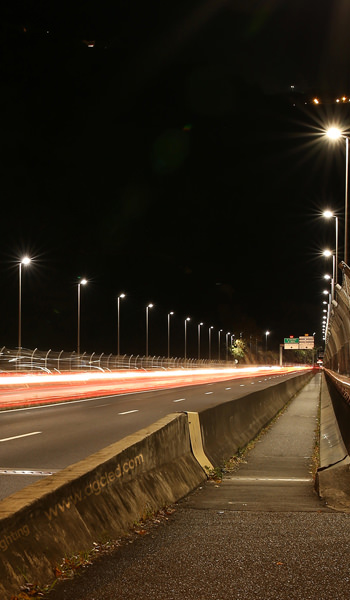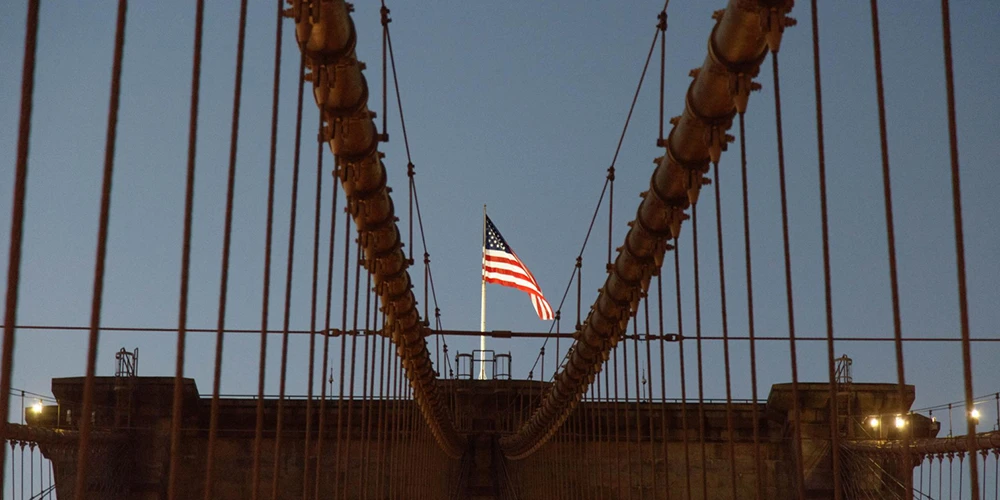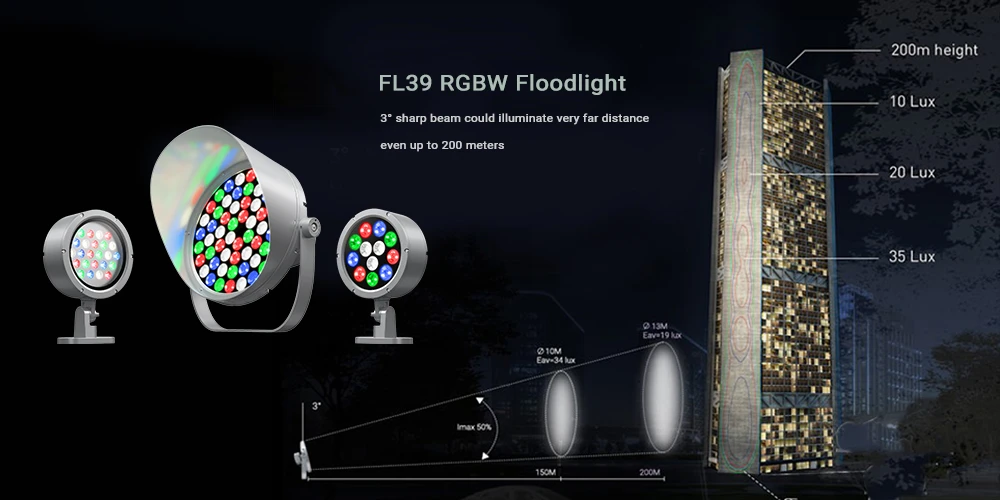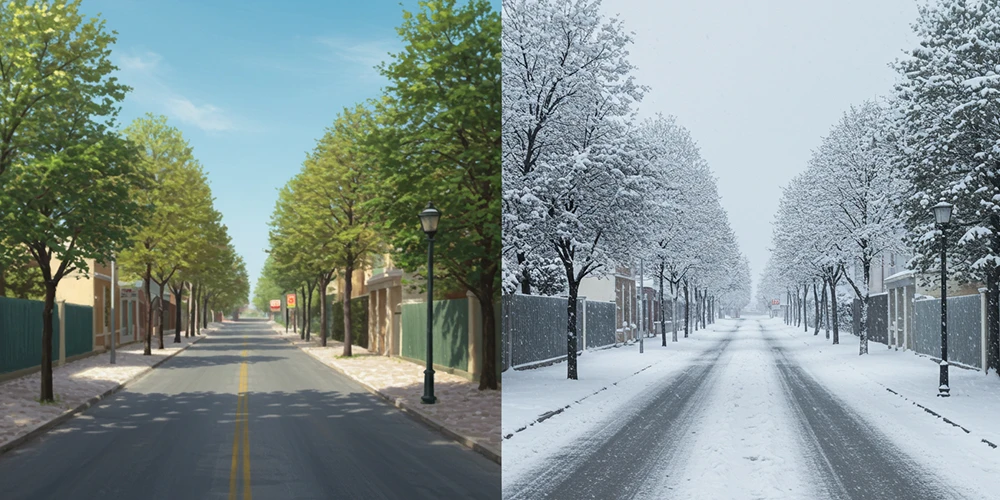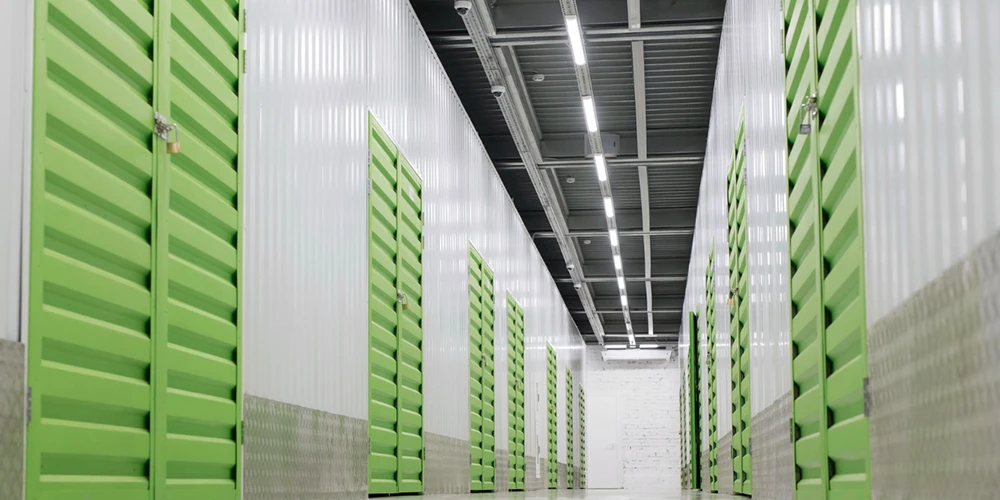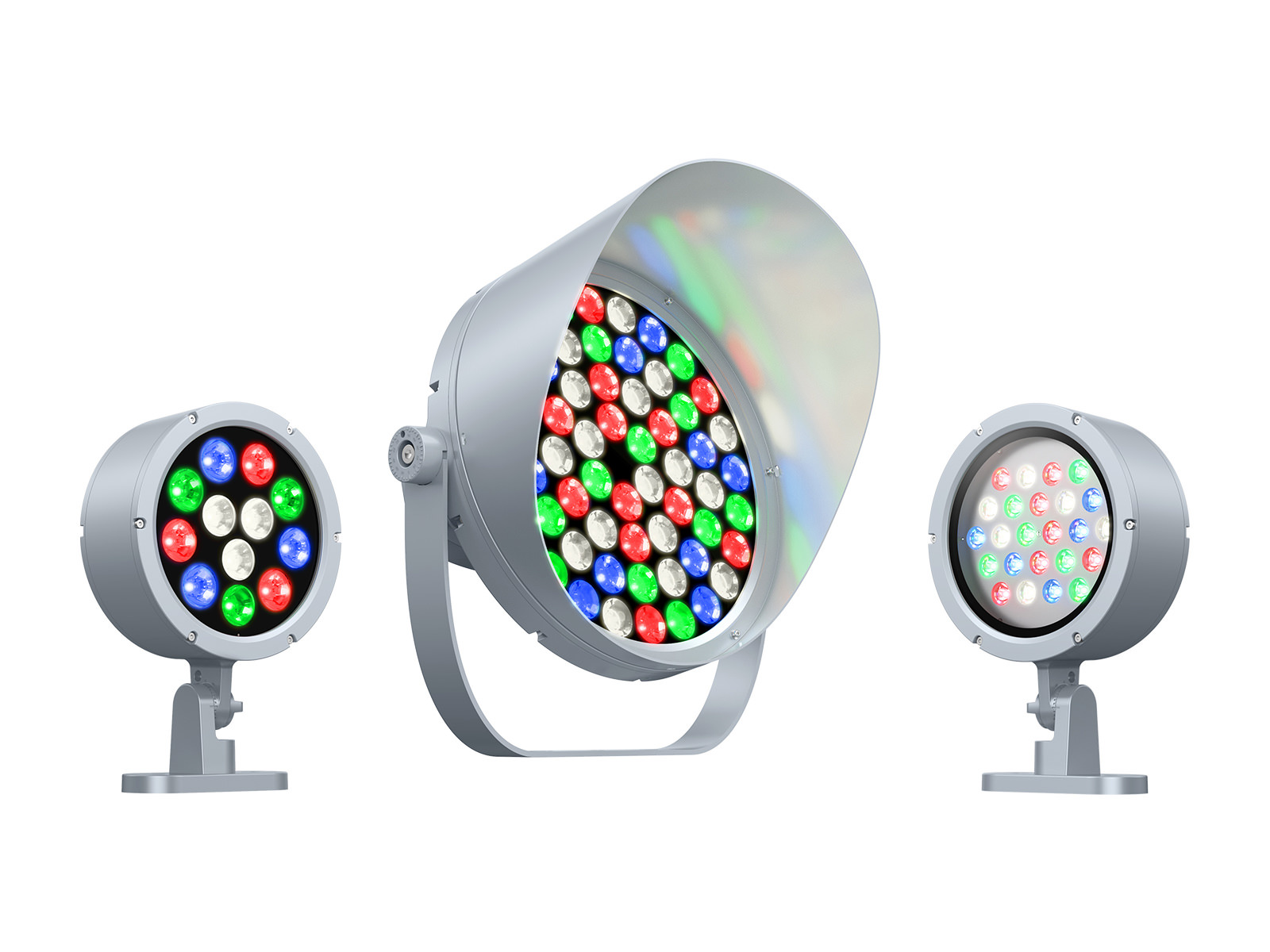We recently got a question from a customer about the flagpole lighting project.
When a flag is left in darkness after sunset, it not only loses its visibility and impact but can also be perceived as a sign of disrespect. In fact, the U.S. Flag Code states that the flag displayed 24 hours a day should be “properly illuminated during the hours of darkness.”
Today, let’s explore how to illuminate a flagpole properly.
Flagpole Lighting Requirements
According to the U.S. Flag Code, it is customary to display the American flag only from sunrise to sunset. However, if a patriotic effect is desired, the flag may be displayed 24 hours a day, provided that it is properly illuminated during the hours of darkness.
It means if the flag is displayed 24 hours a day, it must always be lit no matter the direction of the wind.
This means that when the flag is displayed at night, it must be consistently lit, regardless of wind direction or how the flag is moving. So, how can we ensure the flag remains visibly illuminated at all times?
The Illuminating Engineering Society of North America (IESNA) outlines several key standards for flag lighting:
- A minimum of 10 horizontal footcandles and 3 vertical footcandles in the area of the flag.
- Setback 1/5th pole height
- The optimal aiming angle is 10° with a recommended set-back
Now that we understand the requirements, let’s explore how to meet them in practice.
Choosing the Right Type of Flagpole Lighting
According to the installation, there are three main types of flagpole lighting: in-ground lighting, above-ground lighting, and flagpole-mounted lighting.
In-ground lighting fixtures are installed flush with the ground, making them virtually invisible during the day. It is best for residential or landscape-focused installations where subtlety and aesthetics are priorities.
Above-ground fixtures are mounted on the ground but remain visible. They are typically adjustable, allowing for precise aiming to highlight the flag from below. These systems often support higher wattages and are ideal for illuminating taller flagpoles. They fit commercial properties and government buildings well.
Flagpole-mounted lighting is attached directly to the flagpole, either at the top or along the shaft, and shines light downward or outward. It is ideal for areas with limited ground space or where a sleek, integrated appearance is desired.
How Many Lighting Fixtures Does a Flagpole Need?
The goal of properly lighting a flag at night is to ensure full visibility while minimizing shadows, especially those cast by the pole itself. Generally, you’ll need two or three lighting fixtures to make sure the flag is visible from all directions.
Using two lighting fixtures placed on opposite sides of the flagpole (180° apart) provides decent coverage. For optimal results, three lighting fixtures arranged in a triangular pattern around the base of the flagpole (120° apart) ensure even illumination from all angles.
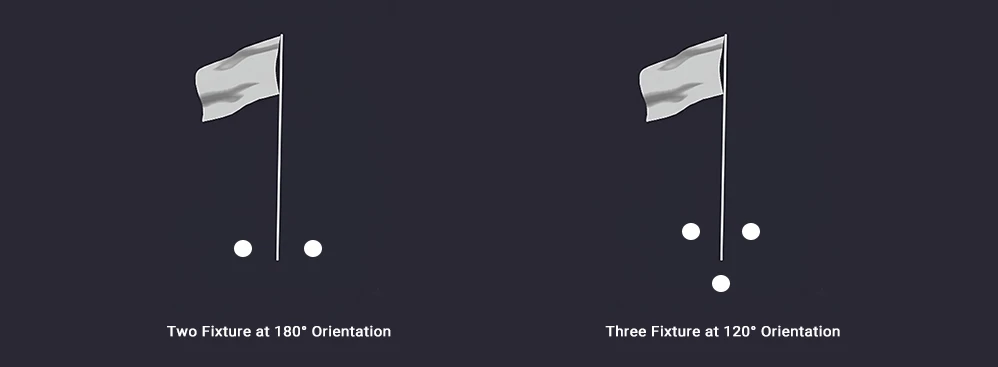
Should the Beam Angle Be Narrow or Wide?
To focus as much light as possible on the flag, it is recommended to use the narrowest possible beam angle (15° – 25°). But flags move with the wind and can shift in any direction around the pole. So, the beam angle must also be wide enough to cover the full movement of the flag.
The right beam angle depends on the size of the flag. For example, if your flag is 5 feet wide, you’ll need a beam spread that covers a circular area with at least a 5 feet radius around the pole. This ensures that no matter which direction the flag moves, it stays fully illuminated.

How Many Lumens Do a Flagpole Need
The number of lumens required to illuminate a flagpole depends on several key factors: the height of the pole, the size of the flag, and the number and placement of lighting fixtures. As a general rule, taller poles and larger flags demand higher lumen output to ensure proper visibility and uniform lighting.
The red and blue flag absorb more light compared to lighter tones, which means they require higher-intensity illumination to appear vibrant and well-defined at night.
Below is a reference table outlining the recommended lighting output and quantity based on different flagpole heights and flag sizes. For precise lumen requirements tailored to your specific project, please don’t hesitate to consult our lighting experts.
|
Flag Size |
Pole Height |
Fixture Quality |
Lumens |
|
3’ x 5’ |
15 feet |
2 |
3500 |
|
4’x 6’ |
20 feet |
2 |
3500 |
|
5’ x 8’ |
25 feet |
2 |
5000 |
|
6’ x 10’ |
30 feet |
2/3 |
6500/5000 |
|
8’ x 12’ |
40 feet |
2/3 |
6500 |
|
10’ x 15’ |
50 feet |
3 |
6500 |
FL39 RGBW Floodlight for Flagpoles
The FL39 RGBW Floodlight is a powerful and versatile solution designed to effectively illuminate flagpoles of any height, even those exceeding 200 meters. The FL39 offers a wide range of beam angle options, including ultra-narrow 8° and 3.8° optics, making it ideal for tall flagpoles.
Equipped with full RGBW color mixing and DMX control, the FL39 enables dynamic, programmable lighting effects. It is perfect for highlighting flags with vibrant colors or creating special visual displays for events and holidays.
Its flexible installation design supports multiple mounting methods, including ground spike, base installation, flange-mounted, and U-bracket configurations, allowing seamless integration into various site conditions.

